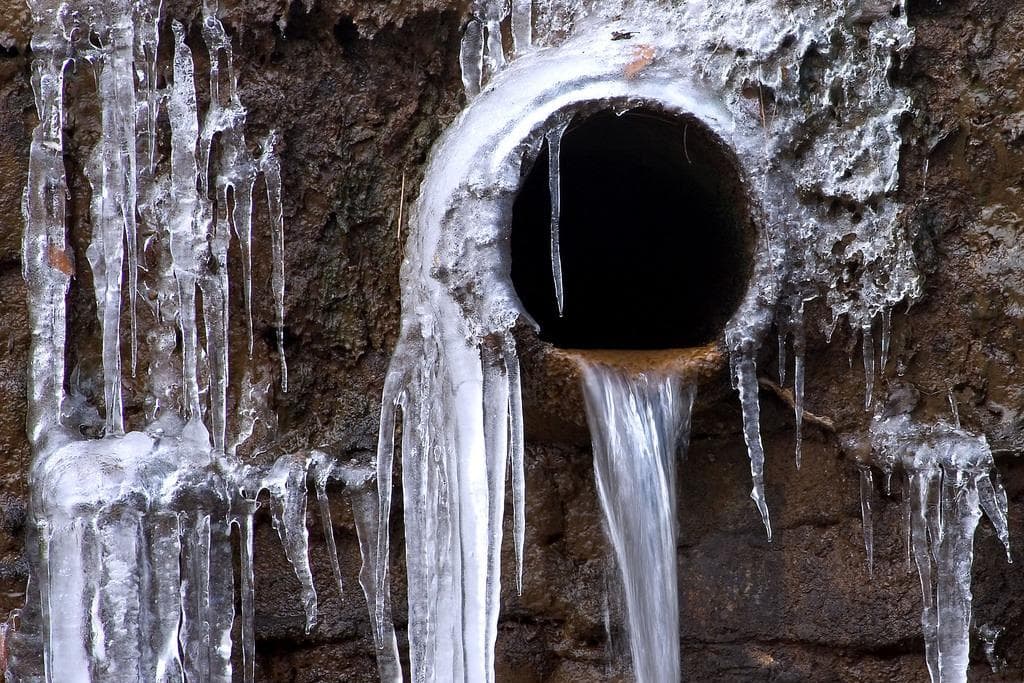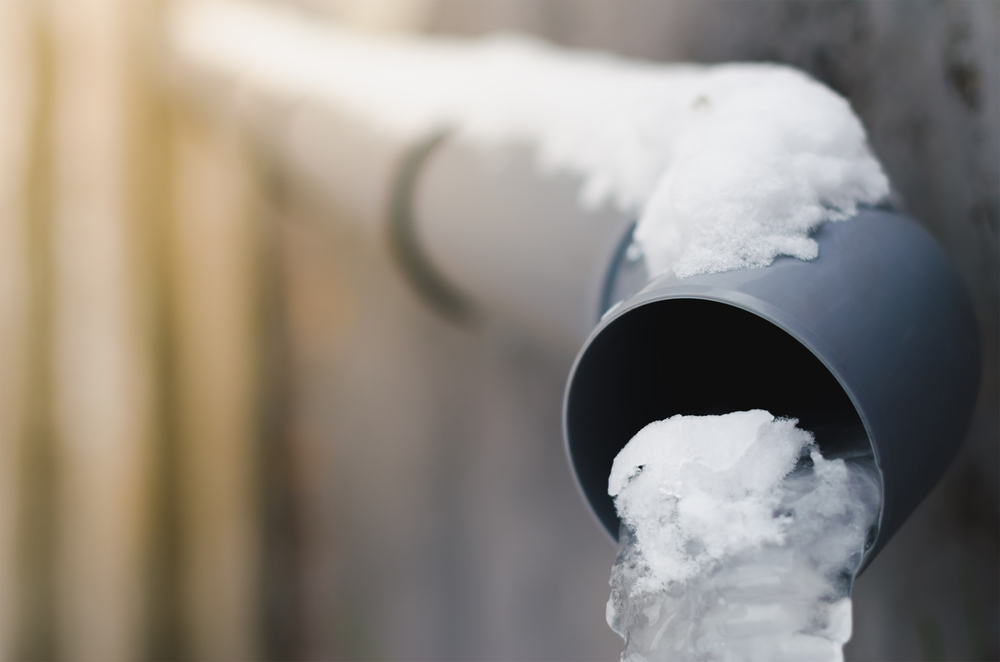Key Methods for Avoiding Frozen Plumbing in Winter
Key Methods for Avoiding Frozen Plumbing in Winter
Blog Article
We've uncovered the article on 6 Ways to Prevent Frozen Pipes listed below on the internet and reckoned it made sense to talk about it with you on my blog.

Winter can ruin your plumbing, especially by freezing pipes. Below's just how to stop it from happening and what to do if it does.
Introduction
As temperatures decrease, the danger of icy pipelines rises, potentially bring about costly repair services and water damage. Comprehending exactly how to stop frozen pipes is vital for homeowners in cold climates.
Avoidance Tips
Shielding at risk pipes
Wrap pipelines in insulation sleeves or use heat tape to protect them from freezing temperatures. Focus on pipes in unheated or exterior areas of the home.
Home heating strategies
Keep interior rooms adequately heated up, particularly locations with plumbing. Open up cabinet doors to allow cozy air to flow around pipelines under sinks.
How to recognize frozen pipes
Seek reduced water circulation from taps, unusual odors or sounds from pipelines, and visible frost on subjected pipelines.
Long-Term Solutions
Architectural adjustments
Think about rerouting pipes far from outside wall surfaces or unheated locations. Include added insulation to attic rooms, cellars, and crawl spaces.
Upgrading insulation
Invest in premium insulation for pipes, attics, and walls. Proper insulation helps maintain consistent temperature levels and lowers the threat of icy pipes.
Safeguarding Outdoor Pipes
Yard hose pipes and outdoor taps
Separate and drain garden pipes before winter. Mount frost-proof spigots or cover outside taps with shielded caps.
Understanding Frozen Pipelines
What causes pipes to ice up?
Pipelines ice up when subjected to temperatures below 32 ° F (0 ° C) for prolonged periods. As water inside the pipelines freezes, it increases, taxing the pipe wall surfaces and potentially triggering them to burst.
Threats and problems
Frozen pipelines can lead to water system interruptions, residential or commercial property damage, and expensive repair work. Burst pipelines can flooding homes and trigger substantial structural damage.
Indications of Frozen Water Lines
Determining frozen pipelines early can avoid them from rupturing.
What to Do If Your Pipes Freeze
Immediate activities to take
If you think frozen pipelines, keep taps available to alleviate stress as the ice melts. Use a hairdryer or towels taken in hot water to thaw pipelines slowly.
Verdict
Avoiding icy pipes calls for proactive procedures and quick reactions. By recognizing the causes, indications, and safety nets, house owners can shield their plumbing throughout cold weather.
6 Proven Ways to Prevent Frozen Pipes and Protect Your Home
Disconnect and Drain Garden Hoses
Before winter arrives, start by disconnecting your garden hoses and draining any remaining water. Close the shut-off valves that supply outdoor hose bibs and leave the outdoor faucet open to allow any residual water to drain. For extra protection, consider using faucet covers throughout the colder months. It’s also important to drain water from any sprinkler supply lines following the manufacturer’s directions.
Insulate Exposed Pipes
Insulating your pipes is an effective way to prevent freezing. Pipe insulation is readily available at home improvement stores and is relatively inexpensive. Pay close attention to pipes in unheated areas such as the attic, basement, crawl spaces, or garage. Apply foam insulation generously to create a buffer against the cold. You can also wrap your pipes in heat tape or thermostat-controlled heat cables for added warmth.
Seal Air Leaks
Inspect your home for any cracks or openings that could let in cold air. Seal any holes around the piping in interior or exterior walls, as well as the sill plates where your home rests on its foundation. Additionally, make sure to keep your garage door closed unless you’re entering or exiting. Leaving it open creates a significant air leak that can lead to frozen pipes.
Allow Warm Air Circulation
During cold snaps, it’s essential to allow warm air to circulate evenly throughout your home. Leave interior doors ajar to promote better airflow. Open kitchen and bathroom cabinets to help distribute heat consistently around the rooms. If you have small children or pets, be sure to remove any household chemicals or potentially harmful cleaners from open cabinets for safety.
Let Faucets Drip
A small trickle of water can make a big difference in preventing ice formation inside your pipes. When temperatures drop significantly, start a drip of water from all faucets served by exposed pipes. This continuous flow helps prevent the water from freezing. Additionally, running a few faucets slightly can relieve pressure inside the pipes, reducing the chances of a rupture if the water inside does freeze.
https://choateshvac.com/6-proven-ways-to-prevent-frozen-pipes-and-protect-your-home/

I was made aware of that write-up on Prevent Frozen Pipes from a buddy on our other web blog. Are you aware of someone else who is sincerely interested in the subject? Do not hesitate to promote it. Thanks a lot for your time. Return soon.
Request An Appointment Report this page